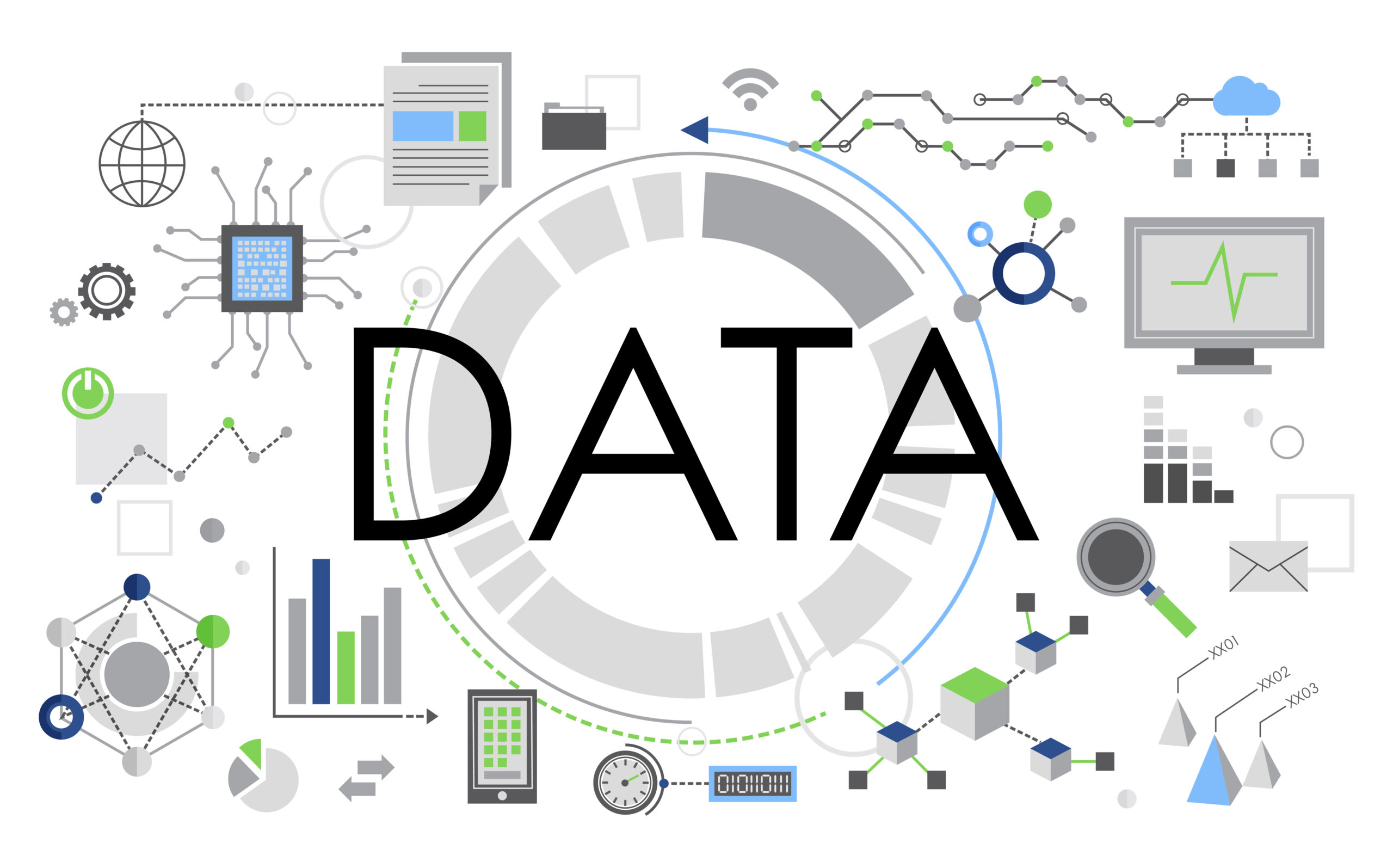Central banks, like the Federal Reserve (FED) in the United States, play a pivotal role in managing the economy through their influence on interest rates. These decisions, often made by the policy-making body known as the Federal Open Market Committee (FOMC), can ripple across borders, affecting not only the domestic economy but also the global economy as a whole.
Understanding the FED Interest Rate
The FED’s interest rate, often referred to as the federal funds rate, is the benchmark rate at which banks borrow and lend money to each other overnight. This rate serves as a reference point for other interest rates in the economy, influencing the cost of borrowing and lending for individuals, businesses, and governments.
How the FED Sets Interest Rates
The FED sets interest rates through a process called monetary policy. Eight times a year, the FOMC convenes to assess the current economic conditions and determine the appropriate interest rate level. This decision-making process involves a careful analysis of factors such as inflation, employment, economic growth, and market trends.
The FED’s Dual Mandate: Balancing Price Stability and Maximum Employment
The FED’s primary objective is to achieve its dual mandate of price stability and maximum employment. Price stability entails maintaining inflation within a target range of 2%, while maximum employment aims to achieve full employment, where there are enough jobs for everyone willing and able to work.
Raising Interest Rates: Bringing Inflation Under Control
When the FED raises interest rates, it makes borrowing more expensive, which can help to slow down economic growth and cool inflation. This is because businesses and individuals are more likely to delay or cancel investments and purchases when borrowing costs are higher.
Lowering Interest Rates: Stimulating Growth and Employment
On the other hand, when the FED lowers interest rates, borrowing becomes more affordable, encouraging businesses to invest, expand, and hire more workers. This can lead to increased economic activity and job creation.
The Global Impact of FED Interest Rate Decisions
The FED’s interest rate decisions extend beyond US shores, influencing economic conditions worldwide. When the FED raises rates, it can make borrowing more expensive for businesses and individuals in other countries, potentially slowing down economic growth in those regions. However, it can also make US exports more competitive, boosting US exports and supporting economic growth.
International Coordination and Cooperation
To address global economic challenges and achieve common goals, central banks around the world engage in coordination and cooperation. These interactions help ensure that central banks are working together to promote price stability and maximum employment.
Addressing Turbulent Economic Conditions in 2023: Balancing Growth and Inflation
The FED faces a complex set of economic challenges in 2023. Inflation remains elevated, and the war in Ukraine has created uncertainty and disrupted global supply chains. The FED is striving to strike a delicate balance between raising interest rates cautiously to tame inflation without excessively slowing down the economy.
Latest FED Decisions: Continuing Rate Hikes in 2023
In December 2023, the FOMC voted to raise the federal funds rate by 0.5%, marking the fourth consecutive rate hike in 2023. The Committee signaled its intention to continue raising rates in 2024, acknowledging the need to address inflation while remaining mindful of the potential impact on economic growth.
Conclusion: Navigating Economic Challenges with FED Policy
The FED’s interest rate decisions play a crucial role in navigating the current economic landscape, balancing the need to address inflation without stifling economic growth. As the FED continues to monitor economic conditions and make adjustments to its monetary policy, it is crucial to stay abreast of these developments to understand their implications for businesses, investors, and individuals worldwide.









